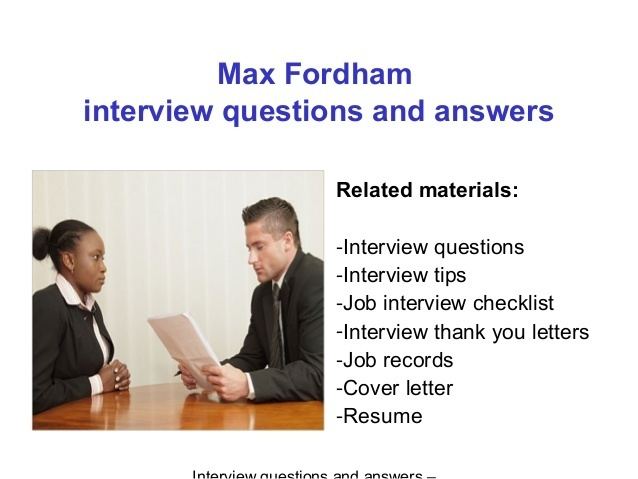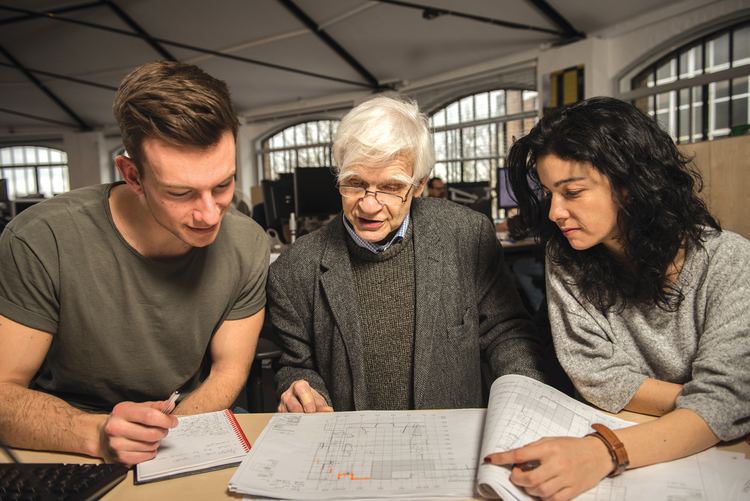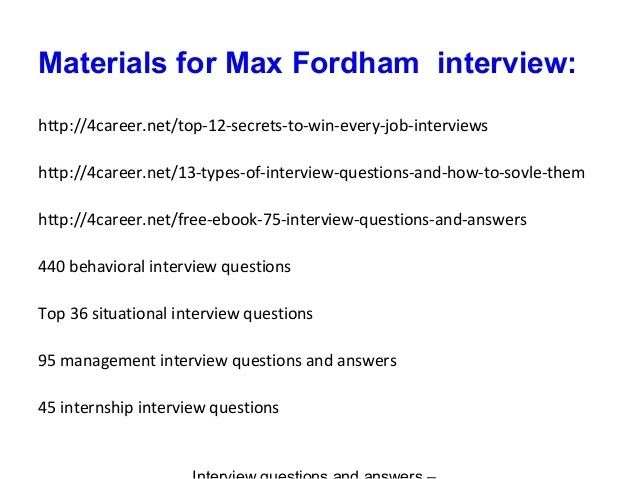Nationality English Occupation Engineer | Name Max Fordham | |
 | ||
Full Name Sigurd Max Fordham Born 1933 England Known for Establishing Max Fordham LLP | ||
Closing the gap between building design and performance max fordham ashden award
Sigurd Max Fordham OBE RDI FREng MA FCIBSE Hon FRIBA (born 1933), known as Max Fordham, is a British designer, engineer and pioneer of sustainable design and environmentally friendly engineering. He is the founder of building services engineering firm Max Fordham LLP.
Contents
- Closing the gap between building design and performance max fordham ashden award
- Beautiful engineering max fordham roundtable
- Early life and education
- Early career 1958 1966
- Establishing his own practice Max Fordham LLP 1966 present
- Teaching
- Groups
- Notable projects
- Honours
- References

Beautiful engineering max fordham roundtable
Early life and education

Fordham was born in 1933 to Molly Swabey, a journalist, and Michael Fordham, a Jungian analytical psychotherapist. His parents’ marriage dissolved in 1940. Michael remarried another analytical psychotherapist Frieda Hoyle the same year.

Around this time, during World War Two, Fordham went with his mother to stay with his uncle in the Caribbean, to avoid the bombing of London. Fordham settled in well there and Molly decided to return to England. However, while crossing the Atlantic in 1942, her boat sunk and she drowned.

Upon returning to England, Fordham attended the progressive Dartington Hall School, which intended to change social attitudes in the world. The school was a pupil-run democracy with the headmaster sitting in on the meetings and with a formal power of veto, which was never used. Fordham was the elected chairman for several years.

Lessons were voluntary but the first hour of every morning there was compulsory "useful work", where students helped maintain the school building. Fordham learned skills such as carpentry and metalwork and completed work including working as an assistant in the chemistry laboratory, book-binding in the library, repairing dining room oak chairs, building desks and turning spare parts for the electric polishing machines. It was an apprenticeship as such, and useful work tended to extend beyond the allotted hour. This was where Fordham first identified that he liked to design and create – the roots of his career stem from there.

After school (1952–54), Fordham did National Service as a pilot in the Fleet Air Arm. When he returned, he attended Trinity College, Cambridge, completing an MA in Natural Science (1954–1957). He chose to specialise in chemistry, physics, maths and mineralogy. This gave him a deeper education in chemistry and physics than he would have done if he had studied engineering.

Fordham found university disappointing and began to have doubts about becoming a scientist. He enjoyed the company of people studying the humanities and shared rooms with a school friend whose parents were artists. The professor of architecture, Sir Leslie Martin (designer of the Royal Festival Hall), suggested he consider heating engineering, a new field where he could be free to be inventive and design things using his physics degree.
He took a vacation job with engineering firm G N Haden. There he completed a small research project which resulted in his salary trebling. After that, he did a one year course at the National College of Heating, Ventilation, Refrigeration and Fan Engineering before starting work.
Early career (1958-1966)
Sir Leslie Martin arranged a job for Fordham as a development engineer at Weatherfoil Heating Systems Ltd in 1958, where he worked until 1961. There he completed a wide variety of design and research work. He designed the metered fan convection heating for Harvey Court, Cambridge, and was named as the inventor when this was patented. While Weatherfoil gave him a generous introduction to the building industry, they wanted to promote him away from design and into representing the firm. By this time he realised this direction included all of the building services: water supply, drainage, heating, ventilation, air conditioning, as well as electrical engineering and he wanted more time to develop his detailing skills.
After meeting Sir Philip Dowson through his future wife, Thalia Dyson, in 1961 he joined the Building Group (now Arup Associates), a group that included architects and structural engineers from Ove Arup & Partners. Here Fordham had to get to grips with drawing the services in complete detail. It provided an integrated team, where discussions about services could be argued over the lunch table. Eventually, Fordham took on the public health and electrical services as well, so the services disciplines could be represented by just one person at meetings.
Establishing his own practice, Max Fordham LLP (1966-present)
After moonlighting while at Arup Associates, Fordham realised he had the opportunity to start his own practice. In September 1966 he left Arup, and started working from his bedroom. Here he pursued a new approach to engineering based on his own curiosity about how buildings work. He resisted pigeonholing into the conventional boxes of engineering. He was always interested in the whole building, taking a creative but essentially practical approach to building services design, starting "with the edge of the universe as its boundary and then quickly narrowing down to the specific problem".
Fordham did not like imposing his will on people, and developed a philosophical justification for reconstituting the practice as a democracy. "Anyone fit to be an employee is fit to be a partner" was the slogan. They had difficulty getting a lawyer to take the proposition seriously until a young barrister teaching at Oxford, Leonard Hoffman, took the brief and made a working legal document, which was first signed in 1973. This co-operative meant everyone owned the practice and were in charge of running it.
However, as the practice expanded, they found legally the practice could not easily have more than 20 partners. To combat this, Fordham established Max Fordham Associates in 1984. In 2001, under the then new Limited Liability Partnership, the two partnerships became the single practice it is today.
Teaching
Max Fordham has been a visiting professor in building and design at the University of Bath since 1990. He was also an external examiner at the Architectural Association from 1991–1997 and 2007-2011. Fordham has also lectured to designers and architects at:
Groups
Max was the Chairman of the Working Group for Communications for Building IT in 2000 and the Chairman of the Res Sub-Committee for Intelligent Façades for the Centre for Window & Cladding Technology in 1993.
Notable projects
Max Fordham's practice has designed the building services for very many projects since 1966. Some notable ones where he had a major personal involvement are
Honours
Max Fordham became a Fellow of the RSA in 1984. He received an OBE in 1994. He was elected a Fellow of the Royal Academy of Engineering in 1992 and an honorary fellow of the RIBA in 1996.
CIBSE (Chartered Institution of Building Services Engineers) presented its Gold Medal to him in 1997 for his part in raising the perceived value of CIBSE and with a bronze medal for a research paper. He was President of the Institution in 2001, after being Vice President in 1999 and President-elect in 2000.
He was on the judging panel for the RIBA Stirling Prize in 2005 and in 2006 was voted into the inaugural Building Hall of Fame, a list of 40 people who have had the most significant positive impact on the UK construction industry in the last 40 years.
He won the Prince Philip Designers Prize in 2008. The honour is significant because the engineering of services installations in buildings is not usually associated with design.
